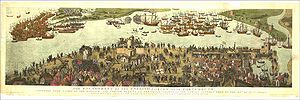
The 1570s decade ran from January 1, 1570, to December 31, 1579.
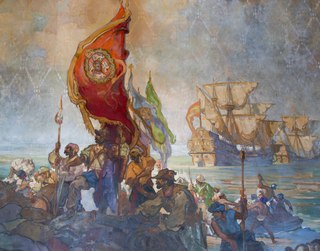
Year 1542 (MDXLII) was a common year starting on Sunday of the Julian calendar.
The 1540s decade ran from 1 January 1540, to 31 December 1549.
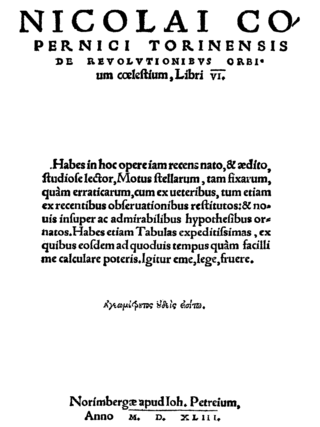
Year 1543 (MDXLIII) was a common year starting on Monday of the Julian calendar. It is one of the years sometimes referred to as an "Annus mirabilis" because of its significant publications in science, considered the start of the Scientific Revolution.

Year 1554 (MDLIV) was a common year starting on Monday of the Julian calendar.

Year 1571 (MDLXXI) was a common year starting on Monday of the Julian calendar.

1604 (MDCIV) was a leap year starting on Thursday of the Gregorian calendar and a leap year starting on Sunday of the Julian calendar, the 1604th year of the Common Era (CE) and Anno Domini (AD) designations, the 604th year of the 2nd millennium, the 4th year of the 17th century, and the 5th year of the 1600s decade. As of the start of 1604, the Gregorian calendar was 10 days ahead of the Julian calendar, which remained in localized use until 1923.
The 1450s decade ran from January 1, 1450, to December 31, 1459.

Year 1540 (MDXL) was a leap year starting on Thursday of the Julian calendar.

1585 (MDLXXXV) was a common year starting on Tuesday of the Gregorian calendar and a common year starting on Friday of the Julian calendar, the 1585th year of the Common Era (CE) and Anno Domini (AD) designations, the 585th year of the 2nd millennium, the 85th year of the 16th century, and the 6th year of the 1580s decade. As of the start of 1585, the Gregorian calendar was 10 days ahead of the Julian calendar, which remained in localized use until 1923.
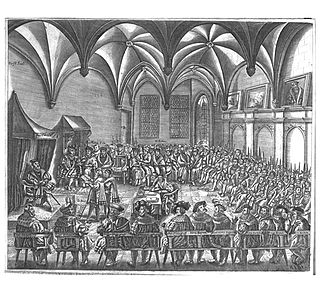
Year 1555 (MDLV) was a common year starting on Tuesday of the Julian calendar.
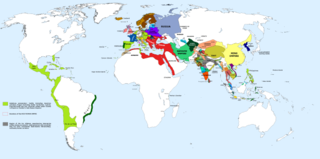
The 1550s decade ran from January 1, 1550, to December 31, 1559.
The 1390s was a decade of the Julian Calendar which began on January 1, 1390, and ended on December 31, 1399.

1578 (MDLXXVIII) was a common year starting on Wednesday in the Julian calendar.

Year 1567 (MDLXVII) was a common year starting on Wednesday of the Julian calendar.

Year 1558 (MDLVIII) was a common year starting on Saturday of the Julian calendar.

Year 1559 (MDLIX) was a common year starting on Sunday of the Julian calendar.

Year 1515 (MDXV) was a common year starting on Monday of the Julian calendar.
Year 1395 (MCCCXCV) was a common year starting on Friday of the Julian calendar, the 1395th year of the Common Era (CE) and Anno Domini (AD) designations, the 395th year of the 2nd millennium, the 95th year of the 14th century, and the 6th year of the 1390s decade.
A queen mother is a former queen, often a queen dowager, who is the mother of the reigning monarch. The term has been used in English since the early 1560s. It arises in hereditary monarchies in Europe and is also used to describe a number of similar yet distinct monarchical concepts in non-European cultures around the world. The rank does not go to all mothers of monarchs though. A mother of a ruling monarch may only be referred to as Queen Mother if she was a Queen Consort as opposed to a Princess Consort.
